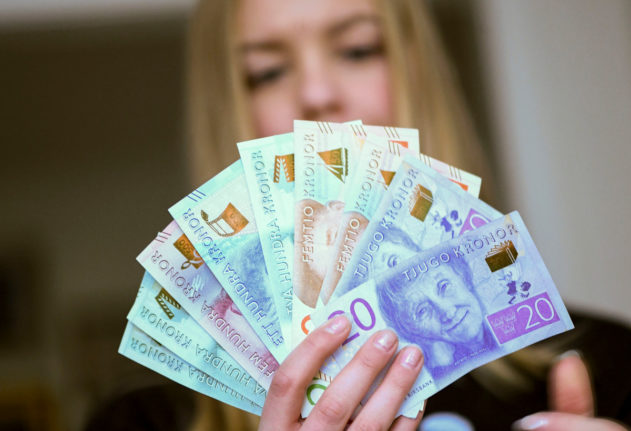A whopping 3.3 million taxpayers will this week receive a combined tax rebate of 34 billion kronor, seven billion more than last year.
The early refunds will only be sent to those who are due money back, who filed their tax return online by April 3rd at the latest and who did not have to make any changes to their pre-filled-out tax form.
If you fall into this category, you will receive your tax rebate between April 9th and 12th if you’ve informed Skatteverket of your bank account details. If you haven’t yet done that, you’ve still got time, and you should expect to get your money back within around a week.
Skatteverket has attempted to speed up the process in recent years and refund more people in April. If you missed the April 3rd deadline, declared via the paper form or need to make deductions, you will still get any tax rebate you’re owed, but not until early June.
READ ALSO:
May 2nd is the final deadline for filing your taxes.
If you’re not one of the lucky ones, you may instead be among the 525,000 people who have residual tax to pay. This year they owe Skatteverket a total of 1.3 billion kronor in arrears.



 Please whitelist us to continue reading.
Please whitelist us to continue reading.
Member comments